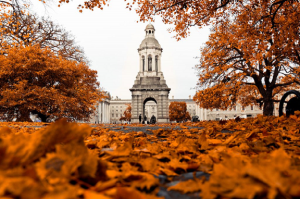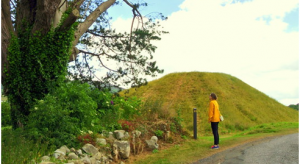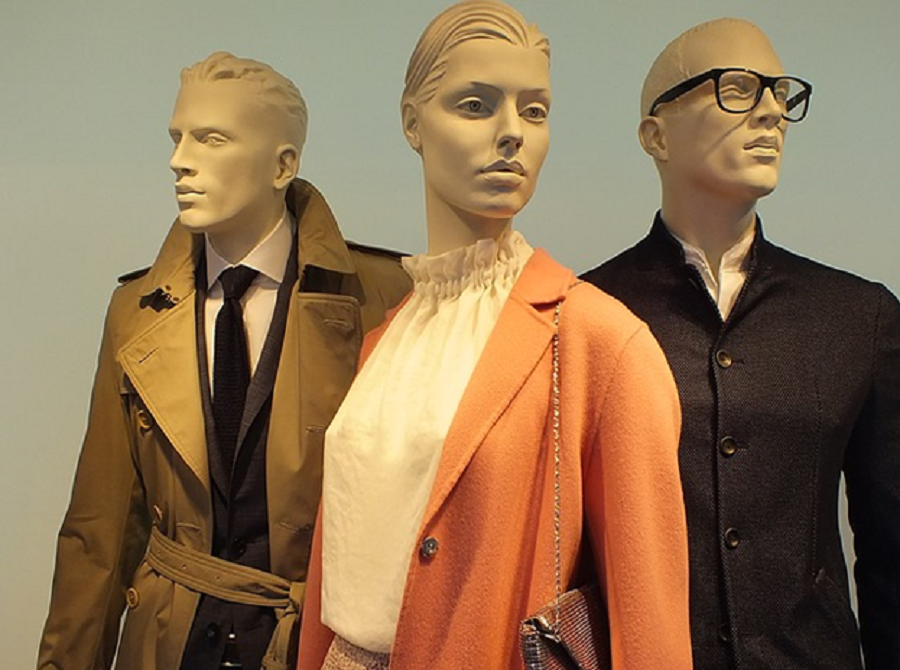There are so many beautiful things to do in the U.S. that it’s nearly impossible to list them all! However, it’s also essential to consult a travel guide when heading to the U.S., as each city and state has a different set of activities, attractions, and sights to see. Here are some tips for planning a trip to the USA that will make your trip easier and more enjoyable. This way, you’ll be able to take advantage of all the country offers.

Lesbian, gay, bisexual, and transgender (LGBT) laws in the U.S.
The ACLU and other groups argue that protecting lesbian, gay, and bisexual people is vital to our nation’s civil rights laws. The ACLU argues that homosexual and lesbian individuals often suffer discrimination in the workplace and in public places, including schools. This blatant disregard for their civil rights and safety contradicts the ACLU’s goals. The ACLU has advocated for gay rights in the U.S. for more than 30 years. According to the report of the 1940 US federal census, you can collect more details.
While a majority of LGBT adults agree that the entertainment industry and the Obama administration are welcoming to LGBT people, many others don’t feel that they share the same feelings. For example, only 4% of LGBT adults say the Republican Party is accepting. Nevertheless, an even higher percentage of LGBT adults say they are unfriendly toward LGBT people. And the same is true of professional sports leagues. Moreover, the public’s attitudes toward the news media are mixed, with 58% saying they have no opinion.
Vaccination requirements
Unless you travel for religious or moral convictions, you must comply with U.S. vaccination requirements. In most cases, you won’t be allowed to enter the U.S. without proof of vaccination. However, you may get an exception if you’re traveling with a U.S. citizen or lawful permanent resident. For more information about vaccination requirements, read the CDC FAQs. This article will discuss the requirements for entry into the U.S.
Before traveling to the U.S., you should be fully vaccinated against COVID-19, a viral disease. You must have a negative test for this virus within three days of departure. For non-US citizens, you may take a Covid-19 test if you have proof of your recovery. This requirement is not required if you’re under two years old. You can visit the CDC website for more details.
Backcountry areas
When traveling to the U.S., consider exploring backcountry areas. Whether you enjoy hiking and camping or just want a scenic view, backcountry areas are perfect for both. Three-day weekends can provide an unforgettable wilderness experience. If you have never been backcountry camping before, consider signing up for a trip in one of the areas described below. You can experience a unique wilderness experience while spending three days in the car, so you don’t need to worry about driving too far.
While it is possible to find beautiful wilderness areas in the U.S., the goal should be to avoid crowds and other negative impacts that crowds can cause. Overcrowding can damage fragile areas, and campfires can start fires. In addition, camping can disturb wildlife and create litter. Because wilderness areas are protected for the enjoyment of everyone, it is your duty to care for them. Make sure to adhere to the principle of “leave no trace” while you’re out there. To prevent overcrowding during weekend weekends, visit the areas on weekdays.
Restaurants
While the popularity of dining out has been increasing over the years, it is still important for Americans to enjoy a meal together. While many people are now addicted to eating out, a trip to a restaurant is a way to bond with family and friends. In fact, according to the NPD group, the number of restaurants in the U.S. declined by 3% last year. This decline in restaurants is partly due to an increase in the number of chain restaurants but also to increased demand.
Fortunately, the nation’s restaurants are slowly returning, as is the pleasure of dining out. To make this year’s list of the best restaurants in the U.S., the Food desk dispatched reporters, editors, and critics to visit as many of the country’s restaurants as possible. Though this list is by no means an objective ranking, the list highlights the country’s best dining experiences.
Transportation
There are several things to consider when choosing a mode of transportation when heading to the U.S. Frequent rail service is available between major cities, and highways in some states are frequently congested during peak hours. Water ferries and dams are often privately owned, and local governments operate most airports. Since September 11, 2001, most major airports have been monitored by the Transportation Security Administration (TSA). In addition, the U.S. Department of Transportation regulates and funds most forms of transportation throughout the United States. Finally, state-run departments of transportation are responsible for maintaining state highways and other modes of transportation.
Public transportation is usually not the most convenient means of getting around in the U.S. Still, almost every city has some form of public transportation, although only a few major cities have well-developed public systems. These cities include New York City, Chicago, San Francisco, and Washington, D.C. Public transportation in the U.S. is improving. Still, car-riding remains the most convenient option for travel within a city.





